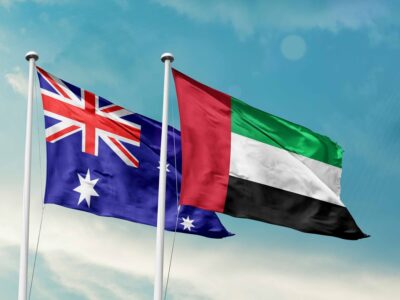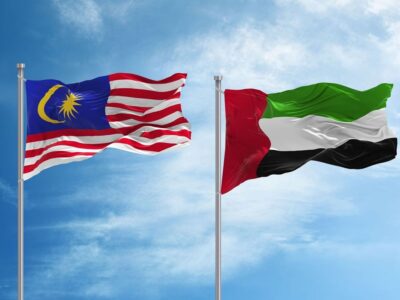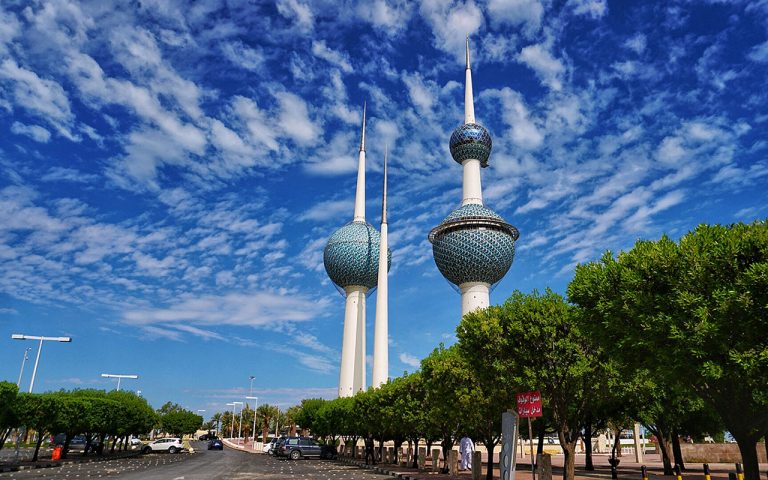Kuwait’s economic future looks brighter, but the small oil-dependent country must boost its non-oil economy as oil production cuts by OPEC+ and the continued pandemic slow recovery, a new report from Oxford Economics found.
While non-oil GDP is gradually recovering, it is unlikely to return to pre-pandemic levels until 2022, but the sector is expected to account for the bulk of Kuwait’s anticipated 2.5 percent GDP growth this year, according to the group’s Economic Insight report commissioned by ICAEW.
In 2021, non-oil growth is expected to reach 3.1 percent, and by 2022 it should hit 4.7 percent.
“Kuwait’s economic prospects are slowly improving, following the dual shock of the coronavirus pandemic and low oil prices, which put severe pressure on an already strained government balance sheet in 2020,” said Scott Livermore, ICAEW economic advisor and chief economist at Oxford Economics.
In 2020 as Covid-19 wrecked global oil markets – with prices briefly turning negative – and the Gulf country’s GDP fell 8 percent, the steepest decline since the 1991 war.
The country is dependent on oil for around 50 percent of their overall GDP, and the report suggests that Kuwait’s economic recovery will be hampered until the OPEC+ agreement that sets production cuts expires in April 2022.
 Michael Armstrong, FCA and ICAEW regional director for the Middle East, Africa and South Asia
Michael Armstrong, FCA and ICAEW regional director for the Middle East, Africa and South Asia
“Kuwait’s dependence on oil at a time of such volatility will certainly hinder its diversification efforts. How well the government is able to boost its non-oil sector activity over the coming months will determine how quickly Kuwait is able to recover and realise its ambitions under Kuwait Vision 2035 to become a financial and trade hub regionally and internationally,” said Michael Armstrong, FCA and ICAEW regional director for the Middle East, Africa and South Asia.
“Budget constraints are also weighing on growth prospects. According to the report, Kuwait’s budget deficit widened to almost 29 percent of GDP, one of the biggest globally, as oil receipts plummeted by over 32 percent. The recovery in oil prices closer to Kuwait’s budget breakeven levels should support budget receipts and narrow the gap this year, but the balance will remain in deep deficit of about 16 percent of GDP,” he said.
Kuwait has focused on increasing the number of nationals in workforce, reducing the amount of required expat labour from 65 percent down to 30 percent, and the expat population has declined 4 percent as the pandemic hit hiring activity in key sectors, especially construction, real estate, and manufacturing.
 Scott Livermore, ICAEW economic advisor and chief economist at Oxford Economics
Scott Livermore, ICAEW economic advisor and chief economist at Oxford Economics
Separately, Livermore warned the country may soon face cash shortages, limiting its ability to pay wages and salaries, which account for around 75 percent of government spending.
“Kuwait has ample savings estimated at around 435 percent of GDP, but they are legally earmarked for future use and are inaccessible to meet current needs,” Livermore said. “Another critical issue is Kuwait’s inability to borrow after its debt law expired in 2017. How and when the government tackles the debt legislation crisis will dictate the extent to which Kuwait can stimulate the recovery this year and beyond.”






